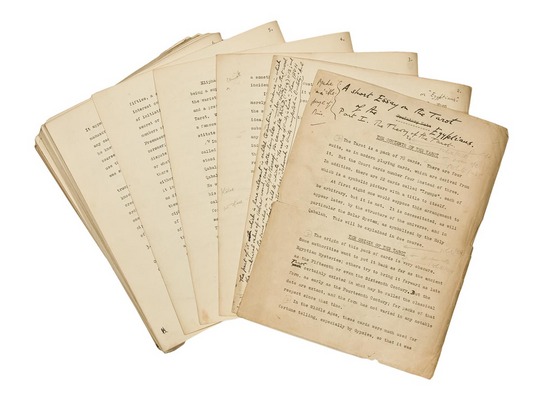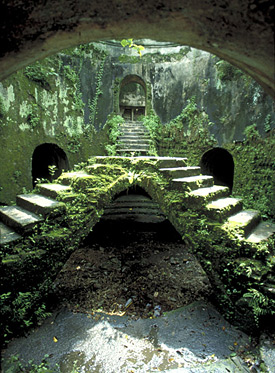 [tweetmeme source=”jjdanz” only_single=false service=ow.ly]
[tweetmeme source=”jjdanz” only_single=false service=ow.ly]
I’ve been enjoying exploring the nuances of story telling, ideas that build on fundamental concepts such as story structure, word and punctuation usage, and writing discipline.
Over at Tribal Writer, novelist Justine Musk has offers two great posts (among many, really) on microtension and theme. Both posts underscored my goal for creating stories that resonate. To write fiction that leaves an impression, the writer must rely on meticulous revision to bring out conflict and theme that already exists under the surface. This excerpt from Justine’s post on theme captures the crux:
Thing is, you want to write something that’s fun and compelling, sure, but also layered in a way that resonates. You have something to say, dammit, even though you’re not really sure what that is.
It’s the laying down of those layers that takes time and diligence and perseverance. It’s what separates those who try from those who do. It’s part of the never ending learning process that accompanies writing. And it’s fun.
Charles Baxter, in the introduction to his book The Art of Subtext, he says:
In fiction, the half-visible and the unspoken–all those subtextual matters–are evoked when the action and dialogue of the scene angle downward, when by their multiplicity they imply as much as they show. A slippery surface causes you to skid into the subtext.
That sounds awesome! But it also sounds hard. How do you learn it? I’m banking on lots of reading, lots of writing and even more revision.

I’m beginning to see results in my own work. I just finished up a short story that, as I read through it, had all these pieces that fit together better than anything I’ve written to date. I unconsciously created many of these pieces. They showed up raw in that first draft, but they were there. During revisions, I worked to tighten them up and tease them out more.
It’s still exciting to me now, just remembering that revelation. I didn’t set out to make that happen, but by writing almost every day and reading amazing authors and studying the craft, subtext and theme are beginning to bubble up. How cool is that?
One last thought: I’m borrowing a friend’s copy of Gene Wolfe’s The Book of the New Sun series (see sidebar for link). My friend, Nathan, said to me that he first started reading it and felt like he was presented with all these disparate scenes that seemed adrift. As he read on, Wolfe wove those loose ends back into the story, giving resonance to those seemingly superfluous scenes.
That alone made me want to read it.
What do you enjoy most about the more nuanced aspects of writing? If you have any anecdotes of those “a-ha!” moments, please feel free to share.
I think my subconscious works even when I don’t. I wrote a story a few years ago in which I kept using water (as a setting, as a basis for names, etc.) and I didn’t even know I was doing it. When I was finished, my writing group said I had this entire rebirth/renewal theme running through the story that I hadn’t even picked up on. I think it goes to show how our lives influence our writing. I also think that more you write, the more you’ll see it.
That’s a great anecdote. I think it was Stephen King who encouraged writers to seek themes as they revised their first draft because they would be in there, just below the surface. I suspect if I wrote with a theme in mind, I’d botch it in the first draft. I look forward to seeing it evolve in my writing.
I always say i write intuitively, but that is not really true. Years of reading and writing have imprinted upon me structure and other crafty things. It is very cool though to see what our brain spews out there and how it lines up with story structure.
I think you hit it on the head. The subconscious has a way of working with the structure we consciously impose on our stories. It’s kind of like our subconscious works third shift and when our consciousness shows up for work the next day, things are a little more cohesive, a little more thought out.
Themes have a way of showing themselves, yeah. It’s important not to resist them, but tease them out. Yes, difficult to do. I definitely think this stage should come after the initial first draft. Thanks for the “theme” reminder…I’m heading over to Tribal Writer.
I’m getting ready to revise my second draft (really a first draft in disguise) and look forward to seeing what comes out.
Recently I mapped my wip. it is a novel with two povs. A first and a third, the third being a journal. I thought I would have to re-write so much of the novel because i was certain that the 3rd pov word count equalled that of the first pov. This would be a bad thing, as I wanted the novel to really sit on the first pov. Well, after mapping I found this: 1 pov: 230 pages. 3rd pov: 118 pages. My subconscious did it for me! Amazing! Yet, I think i rely on my subconscious more than I should.
Go subconscious, go! I suppose that’s the cool thing about writing is that you get to go back and see what you’ve really done versus what you think you’ve done. It sounds like you could do worse than rely on your subconscious 😉
I learned that early on as a writer.. I didn’t want to have to THINK of things to sneak in throughout the story, I just wanted them to come to me. I’m still not a master of this, but it is a lot easier.
Sometimes when I feel that my writing and plotting sucks, I’ll scale back for a week or so and just read books. The subliminal plotting I pick up on always helps me when I start writing again.
That’s cool. I think the more you write, the more you’ll notice your stuff creeping in. I love how writing begets better writing so long as you are striving for improvement. I’m a huge fan of reading as a way of clearing out the clutter of my WIP. Solutions present themselves most when I’m not actively seeking them.
Pingback: Finding the Show in Your Writing « Words and Coffee